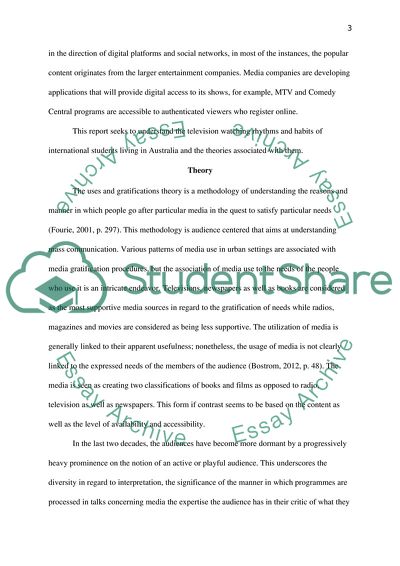Cite this document
(TV Audience Study: Audience Ethnography Research Paper Example | Topics and Well Written Essays - 2500 words, n.d.)
TV Audience Study: Audience Ethnography Research Paper Example | Topics and Well Written Essays - 2500 words. https://studentshare.org/media/1847377-tv-audience-research-audience-ethnography
TV Audience Study: Audience Ethnography Research Paper Example | Topics and Well Written Essays - 2500 words. https://studentshare.org/media/1847377-tv-audience-research-audience-ethnography
(TV Audience Study: Audience Ethnography Research Paper Example | Topics and Well Written Essays - 2500 Words)
TV Audience Study: Audience Ethnography Research Paper Example | Topics and Well Written Essays - 2500 Words. https://studentshare.org/media/1847377-tv-audience-research-audience-ethnography.
TV Audience Study: Audience Ethnography Research Paper Example | Topics and Well Written Essays - 2500 Words. https://studentshare.org/media/1847377-tv-audience-research-audience-ethnography.
“TV Audience Study: Audience Ethnography Research Paper Example | Topics and Well Written Essays - 2500 Words”. https://studentshare.org/media/1847377-tv-audience-research-audience-ethnography.


